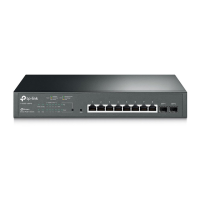183
network connectivity at all time. The non-backbone Area 1 and Area 2 cannot communicate
directly with each other, but they can exchange routing information through the backbone Area 0.
On large-scale networks, an appropriate area partition can help greatly to save network resources
and enhance the speed of the routing.
After the area partition in the network, routers of different type need to accomplish different tasks.
Different areas need to transmit the routing information to the backbone area in different ways,
due to their different locations relative to the backbone area. In the following, we will introduce the
details involved after the area partition.
1. Router Type
As Figure 10-35 shows, after the area partition of the network, the routers need to accomplish
different tasks due to their locations in different areas, according to which the routers can be
classified into 4 types: Internal Router (IR), Backbone Router (BR), Area Boundary Router (ABR)
and Autonomous System Boundary Router (ASBR).
Figure 10-35 Classification of Routers
Responsibilities of different routers divide as Table 10-2.
Router
Name
Features Responsibility
IR All the routing
routing protocol to OSPF domain through a certain standard,
and then establish a uniform routing table.
Table 10-2 Router Types
2. Virtual Link
In practice, some physical restrictions might keep ABR of some areas from directly connecting to
the backbone area, which can be solved by configuring an OSPF virtual link. Virtual link sketch is
shown as below.

